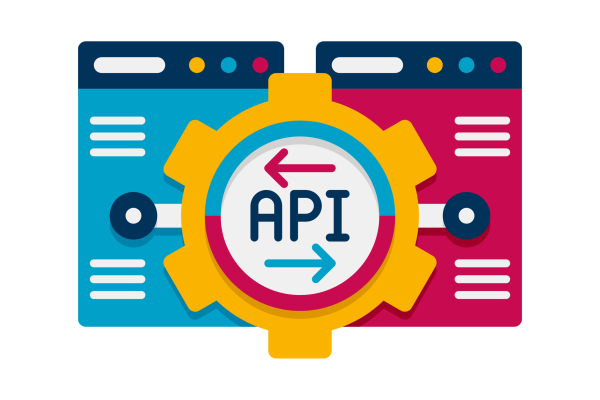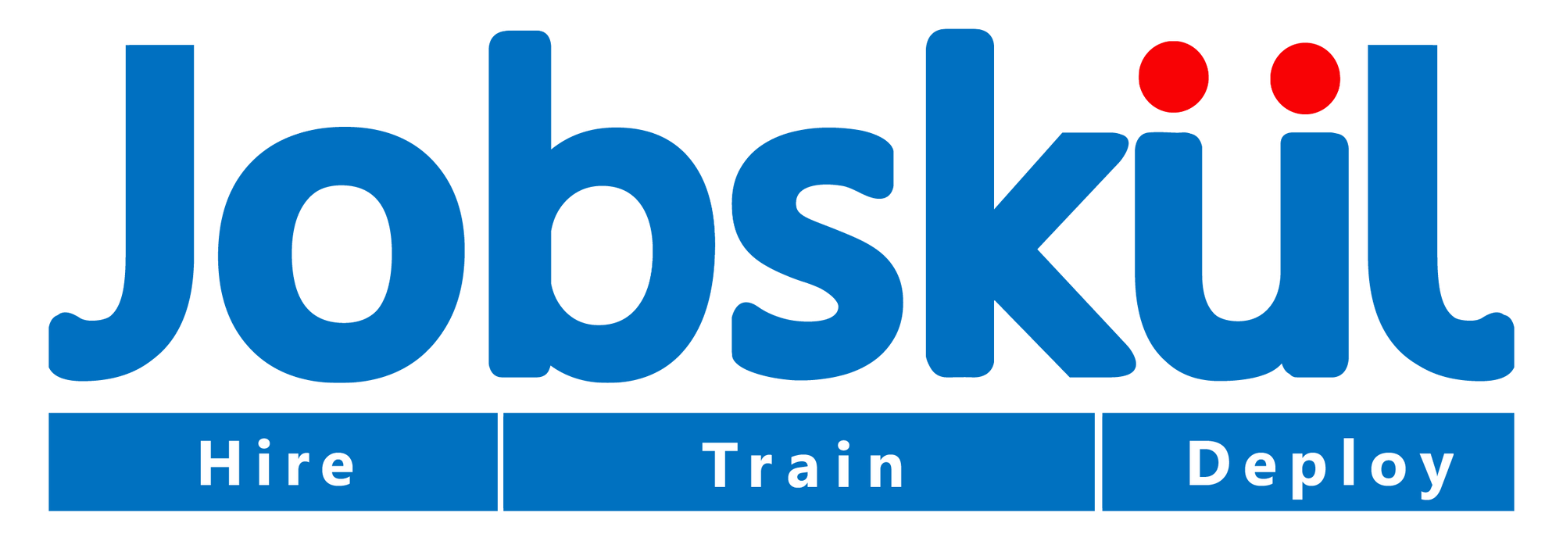How to Contribute to Open Source: A Beginner’s Guide
-
Home
-
Collaborations
-
How to Contribute to Open Source: A Beginner’s Guide

How to Contribute to Open Source: A Beginner’s Guide
A step-by-step guide on how beginners can start contributing to open source projects, with tips on finding the right project and making meaningful contributions.

1. Why Open Source and Why You Should Contribute
Contributing to open source is one of the best ways to grow as a developer, especially when you're just starting out. It allows you to work on real-world software, learn industry-standard tools, build a portfolio, and collaborate with developers across the globe. But for beginners, the idea of diving into a codebase maintained by strangers can feel intimidating. If you've ever asked yourself, "Where do I even start?" — this guide is for you.
Open source software is code that is made publicly available for anyone to view, use, modify, and improve. Projects like Linux, React, VS Code, and TensorFlow are all examples of open source software that millions of developers rely on daily. The magic of open source lies in its community — people coming together from around the world to build tools that are free and accessible for everyone.
Now you might be wondering, why should you contribute? Well, apart from improving your coding skills, contributing to open source helps you understand how large software projects are structured and maintained. You learn how to write cleaner code, review others’ code, give and receive feedback, and become part of a supportive developer community. It also helps build your public profile as a developer, which can open doors to job opportunities and internships.
2. How to Start: Tools, Projects, and First Contributions
The first step toward contributing is getting familiar with Git and GitHub, which are essential tools in the open source ecosystem. Git helps you track changes in code, while GitHub is a platform where open source projects are hosted. Learn the basics — how to fork a repository, clone it to your local machine, create a new branch, make changes, commit them, and finally push your changes back to GitHub. Once you're comfortable with this workflow, you’re ready to dive in.
Next, find the right project to contribute to. This is crucial because the right project can make your first experience enjoyable and rewarding. Look for projects that are active, beginner-friendly, and use languages or tools you are familiar with or interested in learning. Many repositories label issues as “good first issue” or “help wanted,” which are perfect for newcomers. Sites like GitHub Explore, Good First Issue, and First Contributions can help you discover such projects.
Once you’ve found a project, start small. You don’t need to fix complex bugs or write core features from day one. In fact, open source needs more than just code. You can start by improving documentation, fixing typos, writing tests, cleaning up formatting, or suggesting better examples. These contributions may seem minor, but they’re incredibly valuable and are a great way to understand the project’s structure and build trust within the community.
Before making any changes, take some time to understand the project. Read the README file thoroughly, explore the directory structure, check the contributing guidelines (often in a file called CONTRIBUTING.md), and review open issues and past pull requests to understand how things work. If you’re stuck or confused, don’t hesitate to ask questions. Most open source communities are friendly and love helping newcomers.
When you’re ready to contribute, communicate clearly and respectfully. Collaboration is at the heart of open source, and good communication helps everything run smoothly. When you open a pull request, explain what changes you made and why. Be open to feedback from maintainers, and don’t take criticism personally — it’s part of the learning process. Remember, many maintainers are volunteers too, so kindness and patience go a long way.
If you want to go fast, go alone. If you want to go far, go together. Open source is not just about code — it’s about community. It’s about learning from others, building together, and solving problems in a way that benefits everyone, not just a few. The beauty of open source is that anyone can contribute, regardless of where they come from or what level they’re at.
3. Staying Involved and Building Confidence
Your first contribution might feel like a big deal — and that’s because it is. The process typically involves forking the repository, cloning it to your computer, creating a new branch, making your changes, committing them with a clear message, and then opening a pull request. Whether your contribution gets accepted or not, you’ve already achieved something significant by participating in open source.
Along the way, don’t fall for common myths. You don’t need to be an expert to contribute. Many contributions don’t require deep technical knowledge. You also don’t need to write code — editing documentation, translating content, and designing assets are all valuable. And finally, you don’t have to contribute to massive projects like React or Kubernetes right away. Smaller projects can be easier to navigate and more welcoming to beginners.
Once you’ve made your first contribution, keep the momentum going. Set small goals like contributing once a month. Join the project's community channels like Discord or Slack if they have them. Star and watch repositories you’re interested in, and keep learning. As your skills grow, your contributions will too — both in size and impact.
In conclusion, contributing to open source might feel daunting at first, but it's a journey worth starting. Every experienced contributor began exactly where you are right now — uncertain but curious. What matters most is not being perfect, but being consistent, kind, and willing to learn. Open source is not just about code, it's about people building things together. So pick a project, start small, and take that first step.
You belong here.
Share this post:
Related Posts

Learn how to seamlessly integrate third-party APIs in your Node.js applications for powerful data ac...


